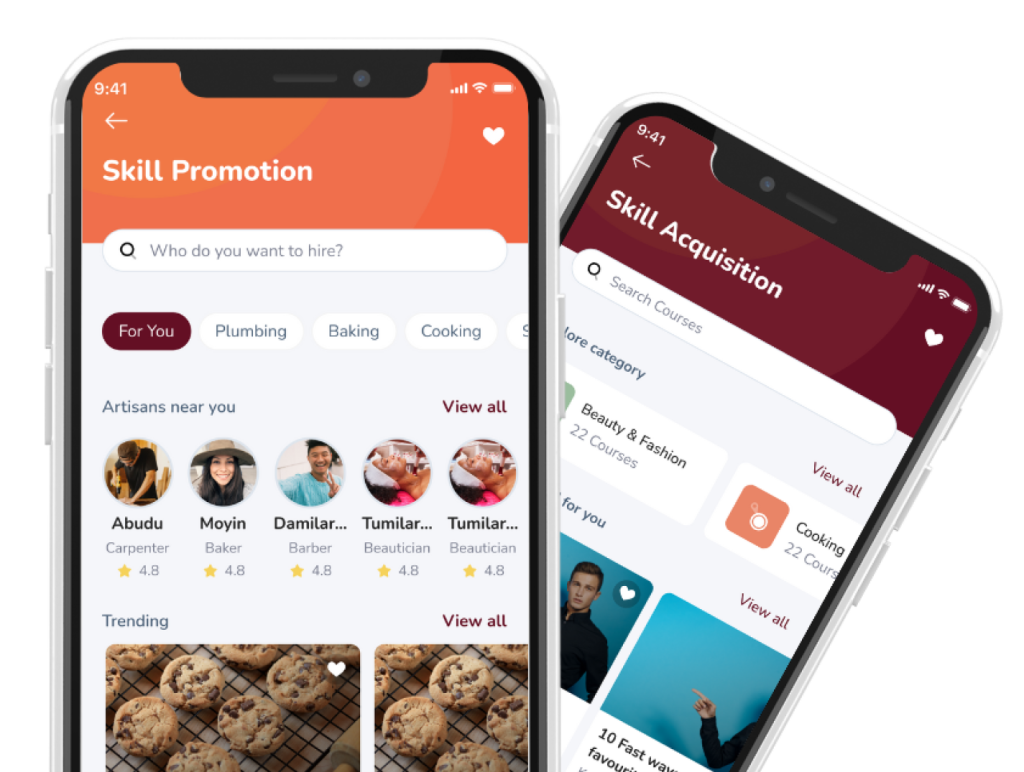Employment gaps are not strange to hiring managers and employers, yet they can become a red flag when they’re not properly communicated on your resume. Your resume is regarded as the only material that forms the hiring managers’ or employers’ first impression of you.
The first thing you need to know about employment gaps is that they can happen to anyone. Whether you’ve chosen to take a career break from work, step into a new phase of life, be introduced to a new city or face unforeseen circumstances, employment gaps do not necessarily reduce your chances of progress in your career path if you follow the tips in this article.
With the rise of remote work in the current job market, traditional views on resume gaps are being reshaped. Hiring managers and employers are learning to change their stance on resume gaps and they are referred to as indicators of adaptability and diverse experience rather than shortcomings.
All you need to understand is that employment gaps are not a big deal as long as they can be properly justified and analysed on your resume.
However, some employers are still wary of employment gaps because of the different reasons that might be behind the outcome.
You might be wondering what employment gaps mean. Well, you’re in the right place.
What Are Employment Gaps?

Employment gaps are described as a period during your professional career where you did not have formal employment. An employment gap ranges from a period of several months to several years and they can occur voluntarily or involuntarily.
However, some hiring managers and employers believe employment gaps should exceed one to two years, while some are more flexible.
Employment gaps can deter your chances of landing a new job if positive outcomes can’t be described from the experience to prospective employers.
Also Read: See The 5 High-Demand Skills…At Least One Will Boost Your Income In 2024
How To Communicate Employment Gaps On Your Resume
To properly navigate and convey your employment gaps, here are 5 effective tips you need to apply.
1. Decide Whether To Add Employment Gaps To Your Resume
Deciding to add your employment gap to your resume depends on factors such as the duration of the gap and when the gap occurred.
If the gap lasted for three to four months, it doesn’t have to be added to your resume. If you’re a professional who has several years of experience and your employment gap occurred in the early stage of your career, it may not be necessary to include the job you had before your gap in your resume.
Once you are certain about the jobs that will be added to your resume, the gaps that need to be communicated will be determined.
2. Use Resume Format That Makes The Gap Less Obvious
Using a resume format that properly conceals your employment gap makes it easier to navigate the gap. There are functional resume formats that focus more on your skills and achievements than on your experience. You can use them to cover up your gaps.
While using these formats, it is important to note that taking advantage of them does not mean you are permitted to omit obvious employment gaps from your resume altogether.
Omitting is never the right way to go and will give the hiring managers and employers the wrong impression of your character.
3. Reframe The Gap
Once you make it to the interview stage, reframe your employment gaps as a means of growth. Employment gaps and career breaks are supposed to offer learning and growth opportunities, adding to your unique strengths and experiences. This should be displayed with your cover letter or at the interview stage.
Highlight and explain how these skills will give you a springboard into the new role you’re applying for. This goes to show that your gaps should be used for growth and honing additional skills if you intend to return to the job market.
These skills will be considered as an asset in your career journey.
4. Don’t Shy Away From The Gap, Address it

The best place to address your employment gap is on your cover letter. Shying away from your gaps will only raise eyebrows and brood mistrust in the minds of hiring managers and employers.
If your gap is straightforward, such as taking time off for personal reasons or a change of environment, you will gain more when it is addressed head-on in your cover letter.
Listing the gaps in your work experience will help you provide more details about your accomplishments during this period.
5. Resist Oversharing
As much as it is important not to shy away from your employment gaps, you also need to watch out for oversharing. You wouldn’t want to bore the hiring managers.
For example, if you decided to take a year break to deal with a lack of inspiration or burnout, you don’t have to give too many details about how that went.
All you need to highlight is how the gap impacted you positively and what you were able to gain during the period. During the interview or in your cover letter, discuss how you grew in your personal goals and added value to yourself professionally.
This communicates how valuable to hiring managers regardless of the gap.
Employment gaps are not meant to deter you from landing your dream role, it all depends on how you navigate and communicate it.


